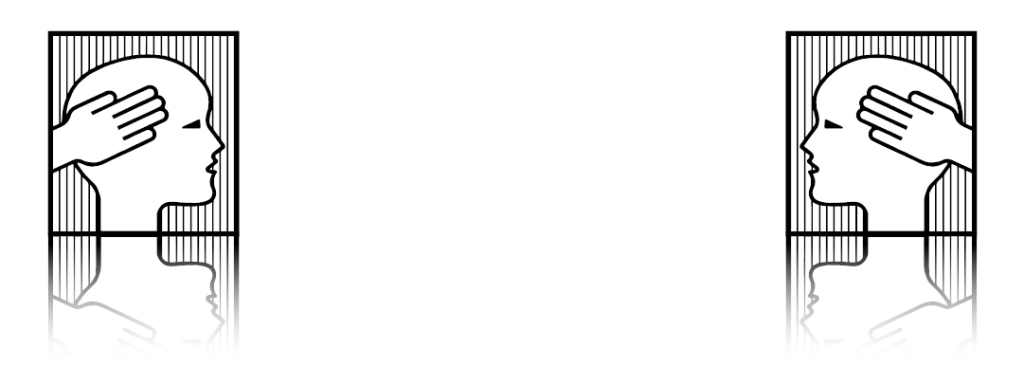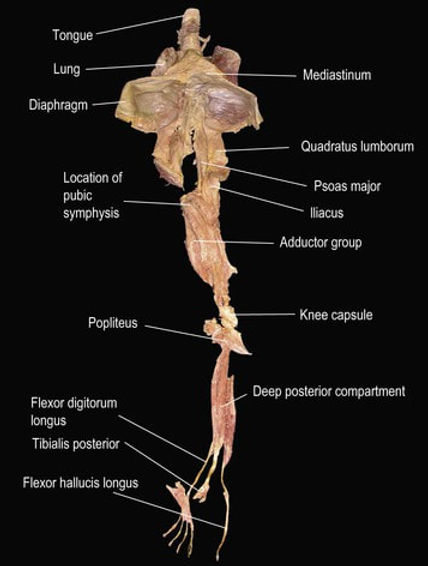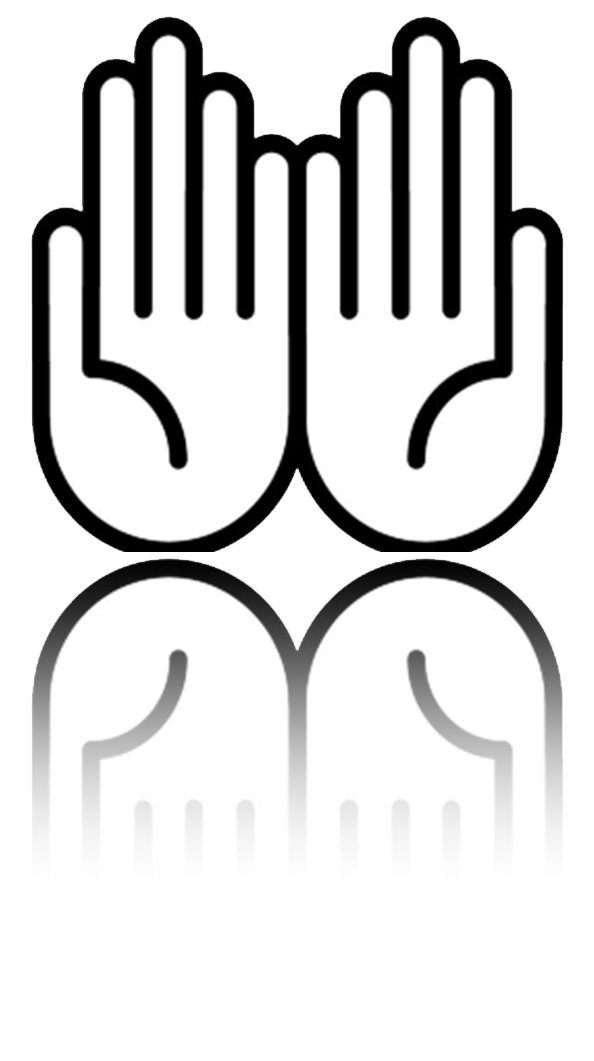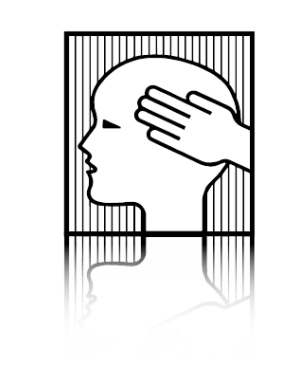Tensegrity and Biotensegrity
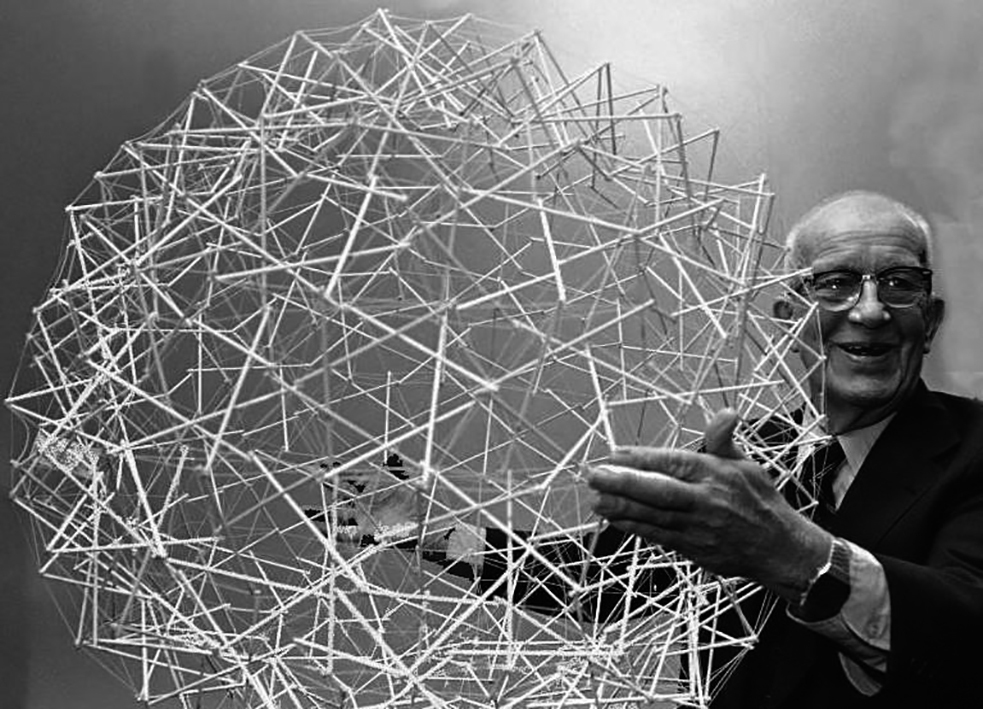
Through his extensive research, inventions and structural experiments,
Buckminster Fuller created the term tensegrity to describe
“self-tensioning structures composed of rigid structures and cables,
with forces of traction and compression, which form an integrated whole” [1].
In other words, tensegrity is the property demonstrated
by a system that employs cables (traction) and rigidity of other elements
(usually steel, wood or bamboo) capable of acting under the intrinsic stresses (traction and compression) together and simultaneously,
giving greater resistance and formal stability.
[1] DA SILVA, Julia Teles; FARBIARZ, Jackeline Lima.
O pensamento de Buckminster Fuller e o LILD, PUC-Rio. 2016, p. 2007-2008.
Available in: <http://pdf.blucher.com.br.s3-sa-east1.amazonaws.com/designproceedings/ped2016/0170.pdf>. Access on 25 Dez 2017.
Tensegrity
“The integrity of an entire structure
is based on its tensional capacity
for continuous movement and balance
between all the elements.”
Tasha Turzo, DO; The ALF Approach, p. 59
Biotensegrity
“The body exists in a delicate balance
of tensile and compressive forces
that hold all our
physical structures in balance.”
Tasha Turzo, DO; The ALF Approach, p. 59
According to Tasha Turzo, DO, author of The ALF Approach
and a specialist in orofacial development,
“The integrative model of biotensegrity, developed by
Drs. Ingber and Levin in the 1980’s,
is a perspective that
explains the complexities
of movement and stability of
interdependent, integrated,
complex systems in living organisms.”
Tensegrity Applied to Biomechanics
Consider the body as an integrated ‘tensegrity structure’,
held together by and in
MOTION,
the essential component in a biotensegrity model.
In this model,
our bones float in the fascia, an interconnected tensional network.
The compression (pushing forces) of bones
and the tension (pulling forces) of tissue
create a dynamic ‘body balance’ in motion.
Any force can impact and create adaptation
to any part of the whole system, from cells to the skeleton.
The concept of biotensegrity is thus a challenge
to the perspective that the body is like the frame of a house
with load-bearing ‘bones as the structure’.
Elements thereby strengthen each other
and work together in generating motion –
a biological integration of multiple elements comprised
of muscles, bones, ligament, tendons and fascia
shaping and building an interconnected structure that we call a
BODY.
The BODY and its multiple elements need to assume primary importance
and be treated as ONE functional unit of
BIOTENSEGRITY.
Expansion/Contraction motion is the basis of life.
The essential motion component of a biotensegrity structure
is the movement of compression and decompression – motion (form) and structure.
Compression/Decompression (expansion/contraction) movements create a pumping action.
The movement of diaphragmatic breathing creates movement in all the organs.
Oxygen enters the lungs via negative compression.
The resulting abdominal increase in pressure moves lymphatic and venous fluids into the system for excretion.
The lymphatic system is dependent on the contractions of muscles and fascia systems for movement.
The cell membrane phospholipids allow nutrients to enter and toxins/waster to leave the cell.
Optimal cellular respiration is dependent on the flexibility and fluidity of the cell membrane.
Flexibility, pliability of tissues and fluidity of membranes are
critical elements for optimal functioning –
and dependent on
MOTION.
More Scientific Research for the Curious
Tensegrity and Biotensegrity

www.mcisaachealthsystems.com/tensegrity-hip-dysfunction-and
-low-back-pain/
More Coming Soon!

Tom Flemon’s Tensegrity Model of the Spine
